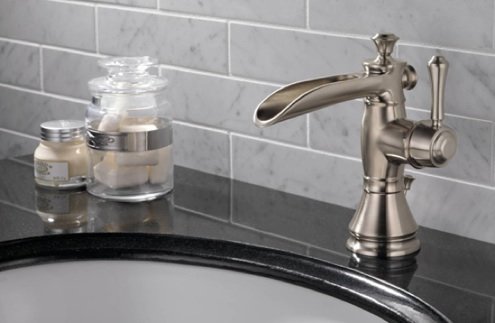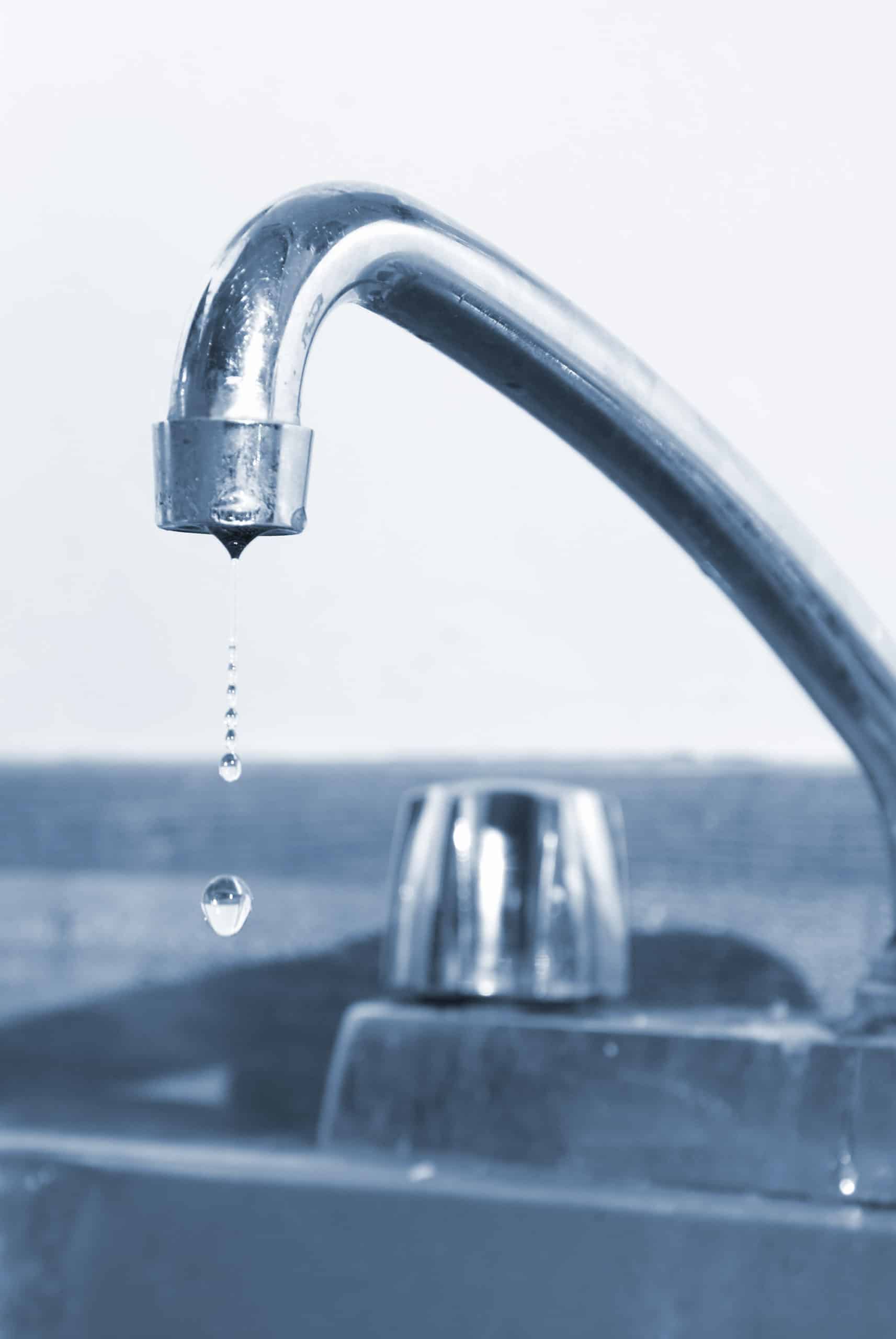Almost everyone will have their personal notions with regards to Why It's Important to Fix Leaky Faucets.

Trickling taps might look like a minor trouble, however their influence goes beyond just the inconvenience of the audio. From wasting water to incurring unnecessary financial costs and health risks, disregarding a dripping faucet can lead to various effects. In this write-up, we'll delve into why it's essential to resolve this usual home concern quickly and effectively.
Waste of Water
Ecological Effect
Dripping faucets add dramatically to water waste. According to the Environmental Protection Agency (EPA), a single tap dripping at one drip per secondly can lose more than 3,000 gallons of water each year. This not only strains water sources but likewise influences environments and wildlife based on them.
Step-by-Step Guide to Taking Care Of a Dripping Faucet
Devices Called for
Before attempting to take care of a dripping tap, collect the required devices, consisting of an adjustable wrench, screwdrivers, replacement parts (such as washing machines or cartridges), and plumber's tape.
Usual Faucet Issues and Their Solutions
Recognize the sort of faucet and the particular problem creating the drip. Typical troubles consist of damaged washers, corroded valve seats, or defective O-rings. Refer to maker directions or on the internet tutorials for detailed support on repair services.
Financial Prices
Raised Water Costs
Past the ecological effect, leaking faucets can inflate water bills substantially. The accumulated wastage over time converts right into higher utility expenditures, which might have been prevented with timely fixings.
Prospective Building Damage
Moreover, long term leaking can result in harm to fixtures and surfaces bordering the tap. Water accumulation can trigger staining, deterioration, and even architectural issues if left neglected, resulting in added fixing costs.
Wellness Issues
Mold And Mildew and Mold Growth
The continuous visibility of moisture from a trickling tap develops an optimal setting for mold and mildew and mildew growth. These fungis not just compromise interior air top quality but also posture health risks, particularly for individuals with breathing conditions or allergic reactions.
Waterborne Illness
Stationary water in leaking taps can become a breeding ground for germs and various other pathogens, enhancing the risk of waterborne diseases. Impurities such as Legionella microorganisms flourish in stationary water, potentially causing severe health problems when consumed or breathed in.
DIY vs. Specialist Repair service
Advantages and disadvantages of Do It Yourself Repair Service
While some might attempt to fix a leaking faucet themselves, DIY repairs include their very own set of obstacles. Without proper understanding and devices, DIY efforts can aggravate the problem or bring about insufficient repairs, extending the trouble.
Benefits of Working With a Professional Plumber
Employing a specialist plumber ensures that the underlying reason for the leaking tap is addressed efficiently. Plumbing professionals possess the knowledge and devices to diagnose and repair tap problems successfully, saving time and minimizing the threat of more damage.
Ecological Responsibility
Specific Payment to Preservation
Taking responsibility for fixing trickling taps lines up with broader initiatives towards water conservation and ecological sustainability. Every individual's actions jointly make a considerable impact on protecting precious sources.
Lasting Living Practices
By prioritizing punctual fixings and embracing water-saving habits, individuals add to sustainable living techniques that benefit both present and future generations.
Safety nets
Regular Maintenance Tips
To stop dripping faucets, do regular maintenance such as cleaning up aerators, evaluating for leaks, and changing damaged components promptly. Furthermore, think about mounting water-saving tools or upgrading to a lot more reliable components.
Importance of Prompt Repair Works
Attending to trickling taps as soon as they're discovered protects against further water wastage and prospective damages, ultimately saving both water and cash in the long run.
Impact on Residential Property Worth
Assumption of Well-Maintained Building
Keeping a property in good condition, consisting of dealing with upkeep problems like dripping taps, enhances its regarded value and worth among possible purchasers or lessees.
Influence on Resale Worth
Residences with well-maintained plumbing fixtures, consisting of faucets, command greater resale values in the realty market. Resolving dripping taps can add to a favorable impression during building inspections and settlements.
Final thought
Resolving a trickling tap exceeds plain ease; it's an essential step towards preserving water, reducing financial prices, and safeguarding wellness and property. Whether via do it yourself repair services or expert support, taking action to fix trickling taps is a little yet impactful way to advertise accountable stewardship of resources and add to a much healthier, much more lasting future.
How to Fix a Leaky Faucet: Step-by-Step Repair Guide
A leaky faucet may seem like a simple annoyance, but if it's not fixed promptly, that leak could cost hundreds to potentially thousands. From water damage to mold, mildew, and high water bills, even a tiny leak can be catastrophic if left unattended. Damage like this can even affect the overall value of your home, so it's important to take the right approach for leaky faucet repair. You may need the help of a plumber in some cases, but we've got a few tips you can try on how to fix a leaky faucet before calling the pros.
Four Faucet Types
When you're learning how to fix a leaky faucet, the first step is knowing what kind of faucet you're working with! There are four common types.
Cartridge Faucets
Cartridge faucets come in one- or two-handled varieties. In one-handled cartridge faucets, hot and cold water combines in a single cartridge. In the two-handled versions, hot and cold water are controlled separately and mixed in the faucet.
Ball Faucets
Ball faucets have a single lever you push up and down to adjust the pressure and rotate to change the temperature. A slotted metal ball controls the amount of water allowed into the spout.
Compression Washer Faucets
They're the oldest type of faucet, but they're still used in many homes — especially older ones. Compression faucets have two separate handles that, when turned, raise or lower the washer that seals a water valve. This valve stops water from flowing through the faucet when it is turned off.
Disc Faucets
Disc faucets rarely need to be repaired due to their maintenance-free design. The water flow is controlled by two discs — the upper one raises and lowers against a fixed lower disc, creating a watertight seal. If your disc faucet starts leaking, you may need to replace the seals or clean residue buildup from the inlets.
Fixing a Leaky Faucet
Step 1: Turn Off the Water
Whether you're learning how to fix a leaky bathtub faucet or how to fix a leaky kitchen faucet, always turn off the water supply to your working area when you're fixing a leak. The last thing you want is a flood added to your list of things to fix.
Look for the shutoff valves below your sink or around the tub and turn them clockwise to stop the water flow. If your faucet doesn't have shutoff valves, you may need to turn off the water for the whole house. Check to make sure it's off by turning the faucet on. If nothing comes out, you're ready to start the repair.
Step 2: Take Apart the Faucet
How you disassemble your faucet depends on the type of fixture you have. You can use a flathead screwdriver to remove the caps on top of the handle or handles for cartridge and compression faucets. Inside, you should see handle screws. Unscrew these with a screwdriver to remove the handle.
Disc- and ball-style faucets will typically have an inlet screw near the handle, and removing that will reveal the interior of the faucet.
Detach the Valve Stem
For cartridge- and compression-style faucets, you'll see the inner valve stem or cartridge once you remove the faucet handles. If you have a compression faucet, unscrew the brass valve stem. If you have a cartridge faucet, pull out the cartridge. If your cartridge has been in place for a while, it may require some tools or extra force to remove it due to mineral deposits.
Examine and Replace Parts
Once you've removed the parts, check them out to confirm what needs to be replaced. You may see corroded rubber washers, O-rings, stems, or cartridges. On a ball-style faucet, check the seats and springs for damage.
If you need to repair a leaky disc faucet, check the inlet and seals on the lower disc.
Once you determine what parts must be replaced, visit your local hardware store. Bring the damaged parts with you to ensure you can purchase the correct components to replace them.
Clean Valves and Faucet Cavity
If you've removed a stem or cartridge, you may notice mineral buildup in the faucet's threads. Use white vinegar to clean the valve seat by soaking it for a few minutes, then scrub it away with a soft toothbrush and rinse with warm water. You can also clean the interior of the faucet in the same way.
Reassemble the Faucet
Once your faucet is cleaned and the required parts have been replaced, it's time to reassemble it. Put the pieces back together and slowly turn the water supply back on. Doing this slowly is crucial because too much initial water pressure can damage the new hardware you've just installed.
https://homewarranty.firstam.com/blog/how-to-fix-leaky-faucet

We are very fascinated with How to Fix a Dripping or Leaky Faucet and I really hope you enjoyed reading my post. Please set aside a second to share this article if you appreciated it. Thank you for taking the time to read it.
Comments on “Why It's Important to Repair a Faulty Faucet”